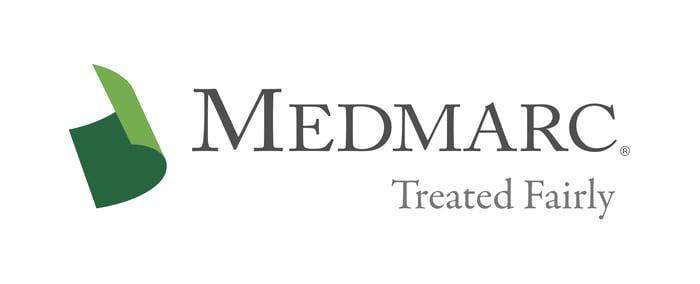Supplier Controls
Medical device manufactures often use component parts provided by a supplier to complete a finished medical device. Manufacturers should be concerned with the reliability of supplier provided components not only from a need to ensure compliance with Food and Drug Administration (FDA) regulations, but also from a need to protect themselves against potential liability for use of defective components. The following considerations may help a manufacturer achieve both goals.
Evaluating a Supplier
When evaluating a potential supplier, medical device manufacturers must consider whether the supplier has the ability to meet specific requirements, including any quality requirements the manufacturer believes necessary. A key method for ensuring that requirements are being met is to design a testing and verification process. Based on results obtained as part of the testing and verification process, the manufacturer can determine the amount of oversight necessary to ensure supplier compliance with the manufacturer's standards. In any event, the testing criteria, results, and oversight plan should be well documented.
Additionally, manufacturers should require a supplier to notify them of any changes in the component (or process used to manufacture the component) which may affect the quality of the manufacturer's finished device. Requirements should be set forth in the agreement between the manufacturer and the supplier.
(Please see Medmarc's Checklist for Maintaining Quality and Reducing Risk When Outsourcing to Third-Party Suppliers for additional information.)
Accepting Components
Another key control a medical manufacturer can use to assess the reliability of supplier-provided components is through the component acceptance process. A manufacturer should develop acceptance criteria for use in determining whether or not to accept a component. For example, does the component meet required performance requirements and/or does the component comply with size or weight specifications?
Acceptance or rejection of a component must be documented. At a minimum, documentation of acceptance activities should include a description of the acceptance activities performed, the date on which they were performed, a summary of the test results, a description of the equipment used to conduct the test, and the document should be signed by the individual who conducted the tests.
Once a component is accepted, it should be identified as such. Manufacturers should then ensure that it remains identified as an accepted component throughout the manufacturing process. Doing so will help ensure that only properly accepted components are used in the finished medical device.
In situations where a component fails the acceptance process, manufacturers must follow practices similar to when a component is accepted. Specifically, the component must be identified and then segregated from accepted components to ensure they are not used in a finished medical device. Further, the evaluation of nonconformance must include the need for an investigation and notification of the supplier responsible for the nonconformance. Any disposition of the nonconforming component should be well documented.
Document, Document, Document
The importance of documentation throughout the supplier evaluation and component acceptance process cannot be overstated. Manufacturers should take those actions necessary to ensure the documentation requirements are complete and in compliance with any FDA regulations.
For additional resources contact the Marketing department
Phone: 888-633-6272
Medmarc is a member of ProAssurance Group, a family of specialty liability insurance companies. The product material is for informational purposes only. In the event any of the information presented conflicts with the terms and conditions of any policy of insurance offered from ProAssurance, its subsidiaries, and its affiliates, the terms and conditions of the actual policy will apply.
Copyright © 2024 - Medmarc
